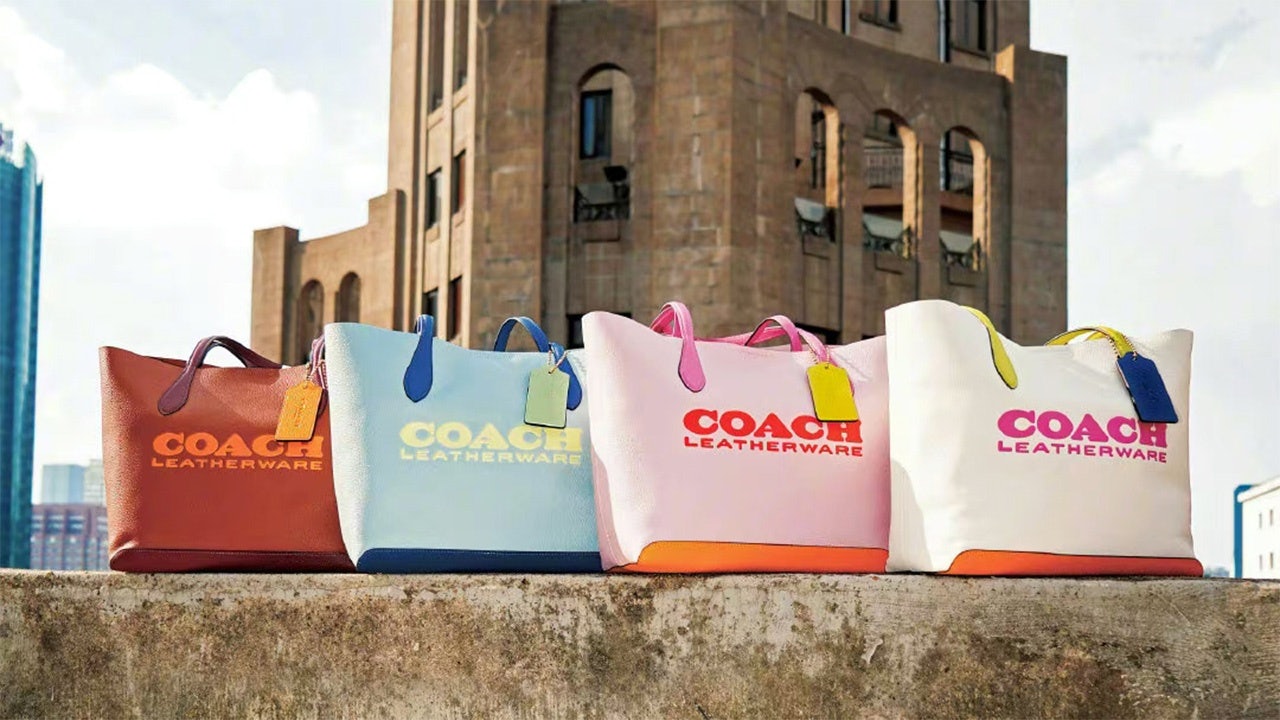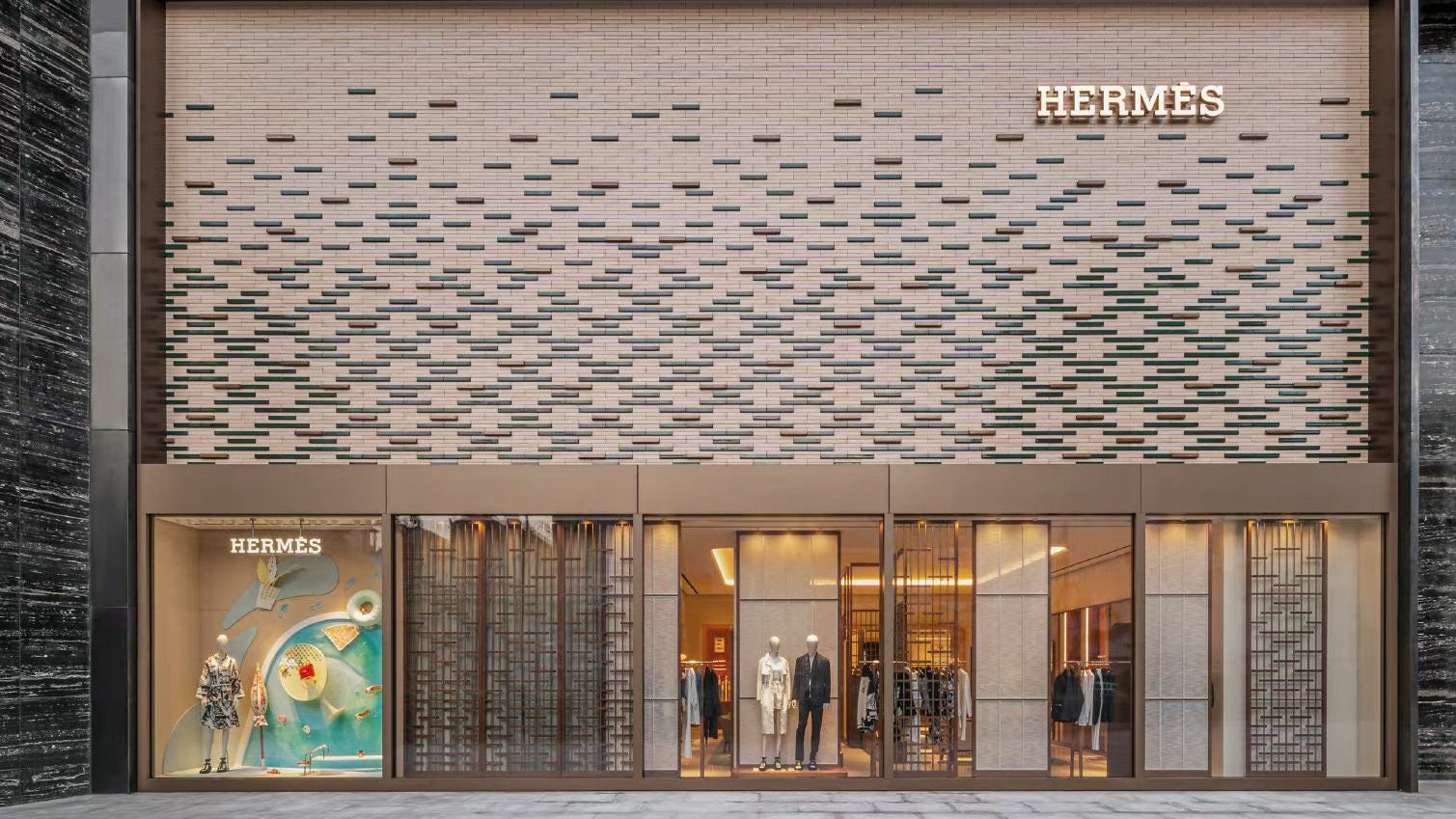What happened
American brand Coach recently announced plans to open a boutique in Baoji, an industrial city in Shanxi Province in northwest China with a population of 3 million. The company has already opened a store in Daqing, Heilongjiang Province, which is known for its oil industry, making this its second foray into a fourth-tier city.
Coach’s parent company Tapestry Inc. told Reuters it would deepen its push into the country by opening 30 stores in the coming 12 months, with Asia Pacific President Yann Bozec stating: “A lot of our existing customers are already from tier-three, tier-four cities, so we believe there is a cluster there that will get us scale.”
The Jing Take
As an accessible luxury label, Coach's retail expansion into lower-tier cities makes perfect sense. Thanks to its positioning when it entered the market in 2009, many consumers in lower-tier cities still perceive it as a luxury name. Moreover, as shoppers there are more price-conscious according to consulting firm Accenture, Coach has an advantage given its competitive price tag. At the same time, its stores offer a luxury shopping feel that satisfies demand for high-end experiences at an affordable cost.
Lower-tier cities also have huge potential in terms of purchasing power, housing 70 percent of the country’s population. Reportedly, more than 500 new shopping malls will be built in lower-tier cities in China by 2025, which gives further credence to Coach’s strategy.
However, while this plan is logical, the timing is contentious. Continuing COVID-19 disruptions have led to a decrease in luxury sales, causing many names to take a more conservative strategy in opening stores. Even shoppers in tier-one cities are now more cost-sensitive due to the economic fallout of the pandemic and are taking long-term value into consideration when making purchases; instead of buying premium products (which may be devalued), they are now more inclined to pay “investment-grade" prices. The availability and cost of real estate for accessible luxury names in first-tier cities is being squeezed too, thereby pushing them to find new hubs for growth.
Due to the declining willingness of Chinese consumers to purchase luxury items, it remains to be seen whether Coach’s planned expansion will work under the current conditions. But its bravery to commit to lower-tier shoppers is surely to be applauded.
The Jing Take reports on a piece of the leading news and presents our editorial team’s analysis of the key implications for the luxury industry. In the recurring column, we analyze everything from product drops and mergers to heated debate sprouting on Chinese social media.


